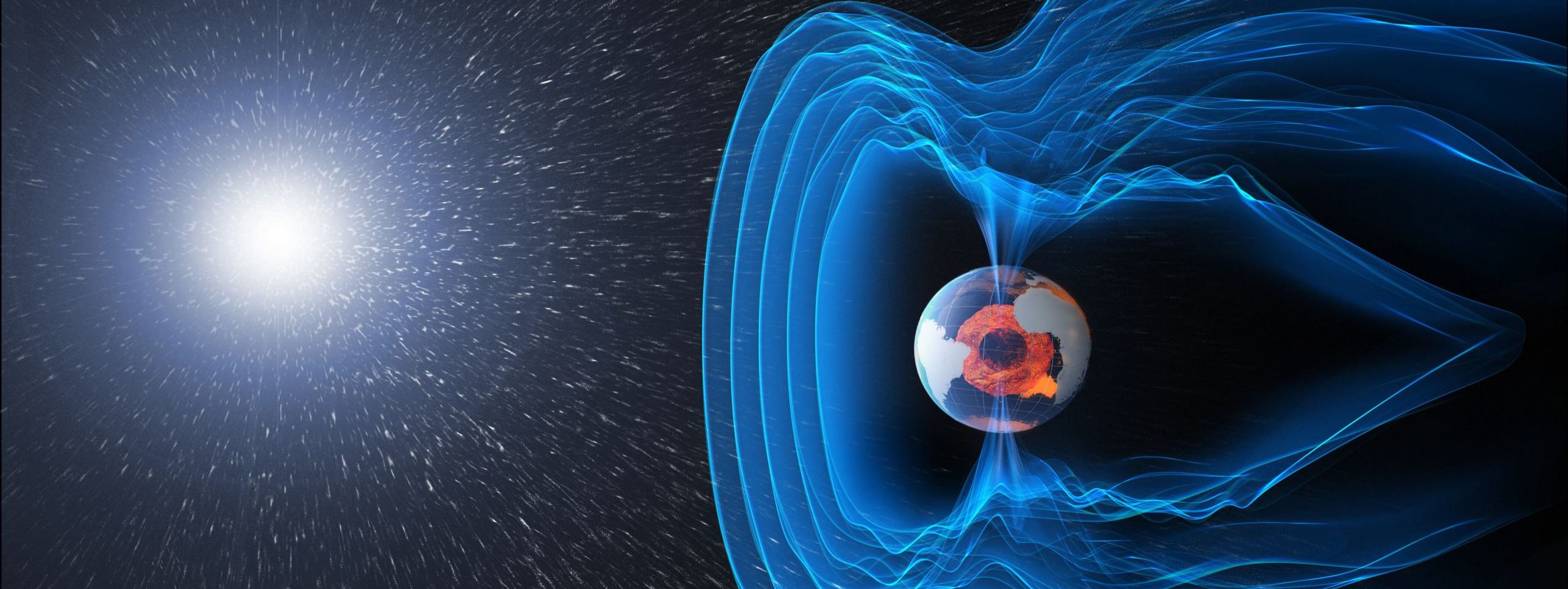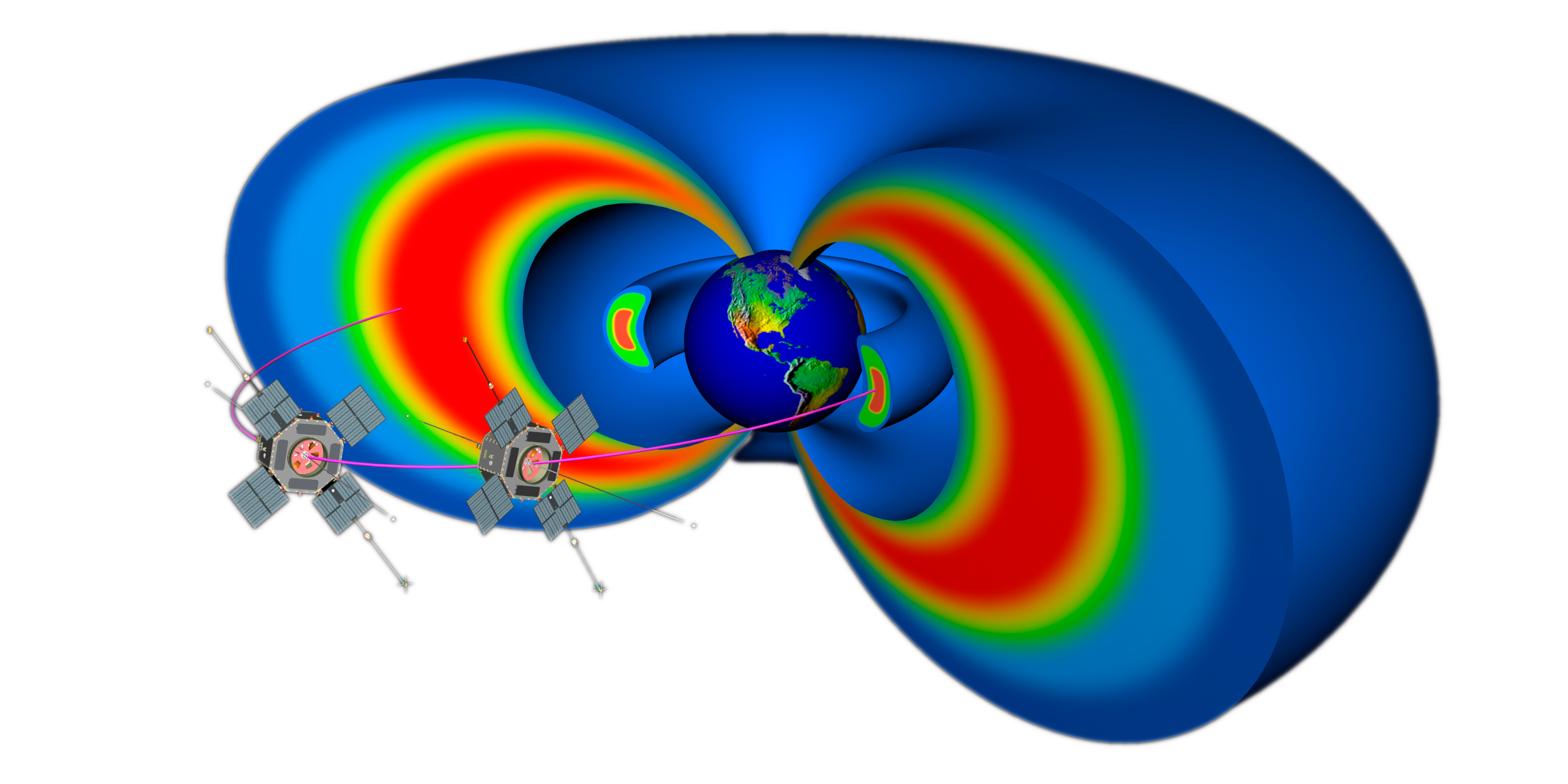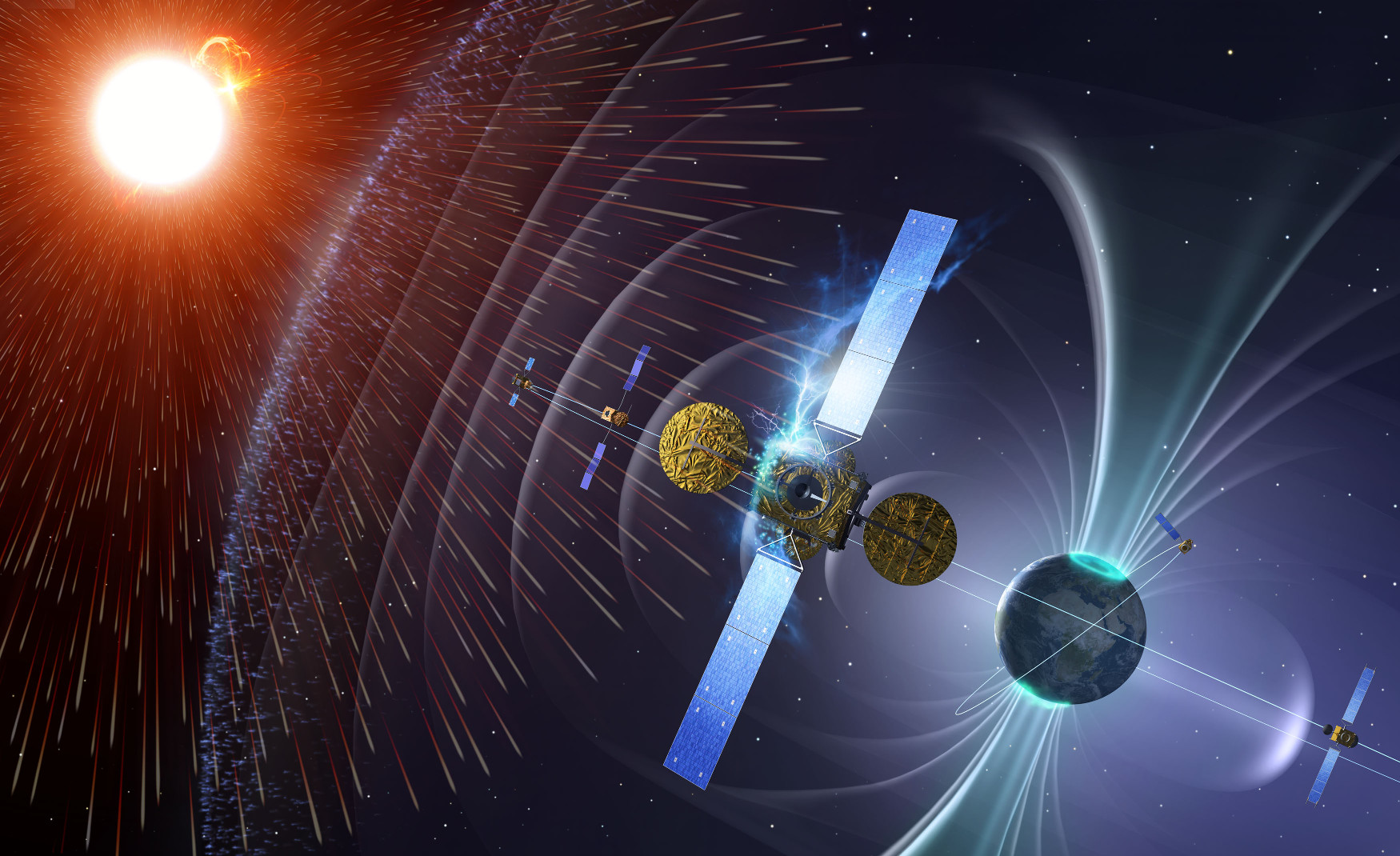
Space Science
Prior to transitioning into a career as a data scientist, I worked as a research scientist in the field of space plasma physics. The overarching theme of my research was to accurately specify and predict the variability in the Van Allen radiation belts, two doughnut-shaped regions of charged particle radiation that encircle the Earth. I used several different techniques in this research, including data analysis, physics-based numerical modeling, and machine learning.

This research area is one component of a broader field known as "space weather," where solar flares and associated solar eruptions induce a wide variety of electromagnetic and plasma phenomena in the near-Earth space environment, in the atmosphere, and on the ground. In addition to pure scientific inquiry, space weather also has practical importance, as it can lead to a variety of adverse impacts on modern technologies, such as damage to satellite electronics, electrical power grid outages, errors in GPS location services, and radio communication blackouts.
